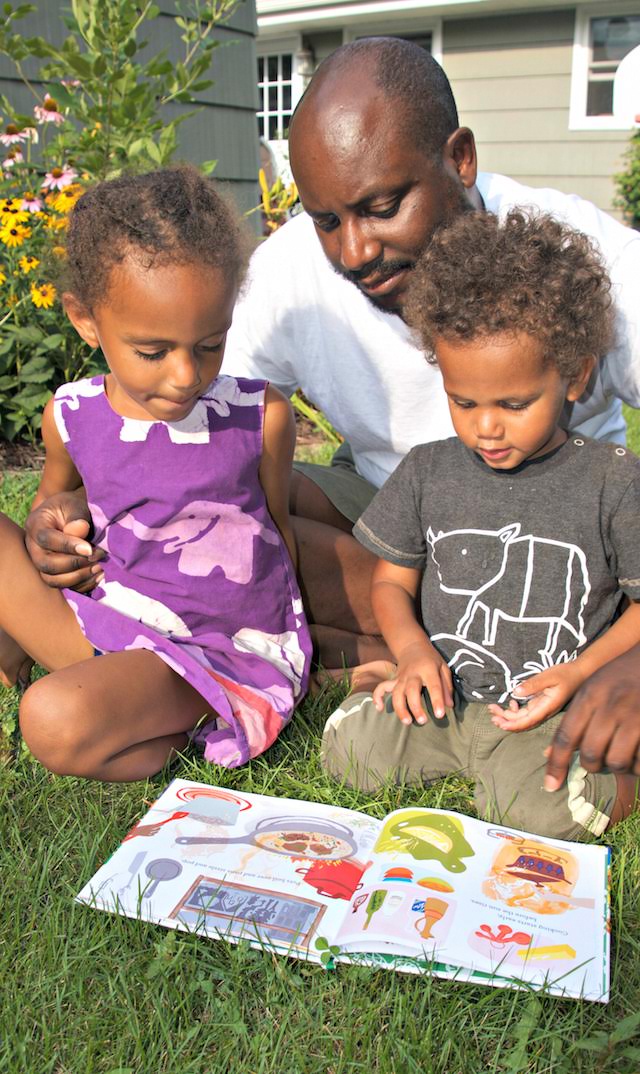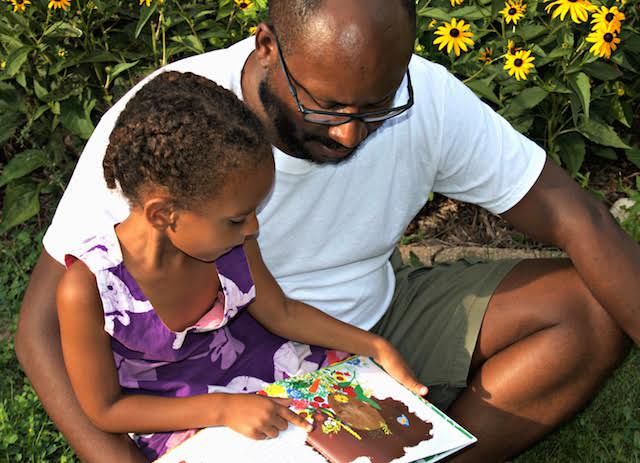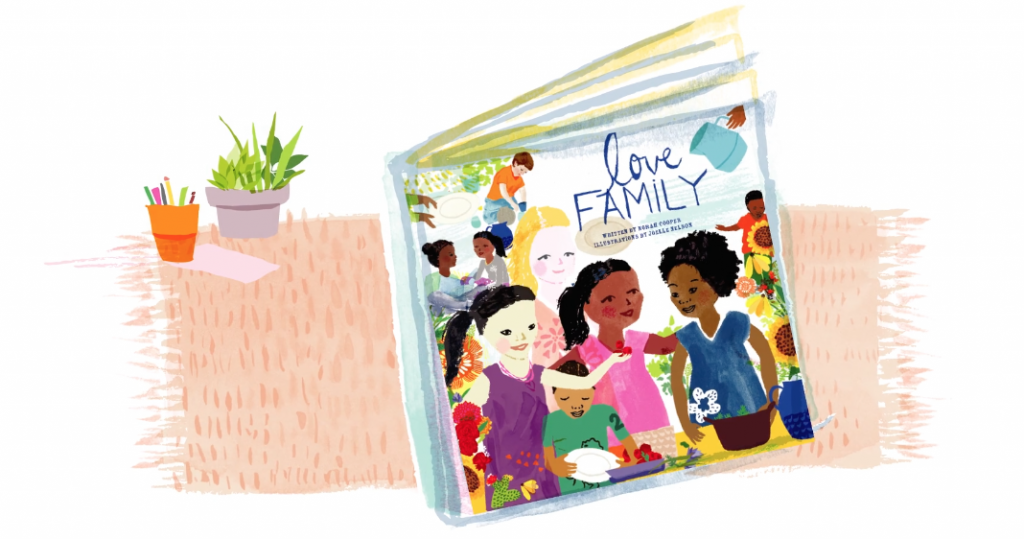Discussing race with children can feel overwhelming and even awkward. Yet, we need to have these discussions as we know no person or movement will end racism. We have to do that ourselves.
The only real way is to hit it head on with frank and challenging conversations with ourselves and our children, as early even as two years of age.
As a White mom of multiracial kids, I’ve learned that the “colorblind” approach, where we act as if we don’t notice race, is actually detrimental to ending bias. We all categorize; it’s how our brains work. But the lie of race is that these categories have meaning beyond beautiful shades of skin color.
Instead, teaching our children, and ourselves, to acknowledge and celebrate skin color of all shades is more effective. It shows the truth – that people of all skin colors are unique and complicated individuals who don’t fit neatly into any one personality trait or grouping.
The good news? Children’s books are one of the most effective tools we have for discussing race and racism with our children and most of us are reading with our kids all of the time. So, as you buy books or go to the library to find stories that explore the world with your children try these three steps:
#1 – Read lots of books about people of color
These books should include famous scientists, athletes, politicians, and beautiful stories about children doing everyday things.
It’s not enough just to have the books. Discuss them and actively bring up skin color. Ask kids to make the comparisons and share positive adjectives and words around non-white skin colors.
As it’s challenging to know how or what to say here are some suggestions to get you started:
- “I love how the dad with the beautiful brown skin was so kind to his daughter with the beautiful curly hair. She was really scared, and they were so brave on their adventure together.”
- “Each member of this family has gorgeous brown skin. What gorgeous skin color do each of our family members have? How (else) are we the same as their family? How (else) are we different?”
- People call people like us with dark brown skin black people. It’s a funny label, though, since we aren’t actually black like that pillow, right?”
#2 – Find books discussing racism and read them to your children early and often.
Being the first person to talk about racism with your child allows you to shape the conversation. Otherwise, children learn lessons that create more bias without parents even noticing.
Studies confirm that children start categorizing skin color by two years of age. This is the perfect age to start your discussion about race and racism to help them with the words and beliefs they need to push back against bias they hear or see.
If your child is already older than two, fear not. It’s never too late to start talking about skin color. As your children grow, so will their understanding of our complicated world, and having you as a sounding board who openly encourages your child not to be biased will be invaluable.
In these conversations, as obvious as they may seem, it’s important to be clear: racism is wrong and not the fault of the person who is being discriminated against.
It’s also important to be clear that you love all skin colors rather than letting your children try to determine this on their own (and they do).
Here are a few ideas to help you in these painful but critical discussions:
- “In this book, a person decided that someone is more important or better than someone else because of their skin color. That’s wrong. Skin color is just the shade your skin comes in: what matters is how kind you are as a person.”
- “That was not the brown-skinned person’s fault; the white-skinned person was mean. That wasn’t nice and it’s not OK to think or say the words he/she used.”
- “What would you say if people said they don’t like people with certain skin colors?”
#3 – Talk about race in books featuring only or mostly white people.
Most children’s books feature white people. It’s important to acknowledge that and acknowledge that white is a race the same way black is a race, etc. Pointing this out means kids are less likely to see white as “normal” and non-white races as “other.”
Here are a few things you might say:
- “I notice that all the characters in this book have white skin. That’s not really true in our world. We see people with all shades of skin, right?”
- “Everyone in this story has peachy skin or skin that’s called white. But lots of astronauts have brown and Asian skin, too. I wonder where they are in this book.”
- I like that this book has a brown-skinned baby on the cover, but it’s weird that there aren’t more babies of different colors in the inside because babies come in all skin shades.”
Once you start, you may see that your kids say something that hurts or surprises you. They may say it to try out the words and see the effect it might have or they may say it because they’ve already formed opinions filled with bias.
As hard as these conversations can get, it is better to start talking openly about biases and to find ways to tackle them than to let them fester and normalize. Keep at it. Your children and family will be stronger for it.
Norah Cooper is the co-founder of Loving Lion Books, a children’s book company that creates books featuring children of color doing everyday wonderful things.
Their first book, “Love Family” is now available – customers can choose the race/ethnicity of the main characters from a menu to create books that reflect families of color and multi-racial families.
More from MPMK
My Favorite Way to Teach My Kids to Give Back
5 Steps to Taking Your Kids to Do Fun Stuff (Without Losing Your Mind)
Get Your Free Printable

Subscribe to our newsletter today and get our free printable... No More, "Mom, I'm Bored!"


